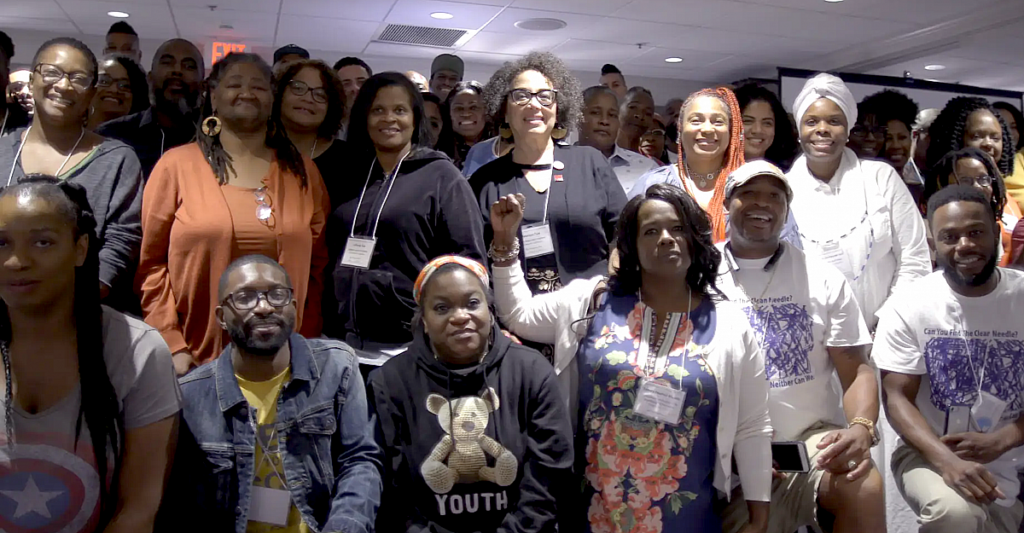Coss Marte grew up below the poverty line in New York City. He started smoking marijuana at 11, then began selling crack as a teenager to make a living. By 23, he was charged with running a multimillion-dollar illegal drug business and sentenced to seven years in prison.
It was there he lost weight and developed a prison-style fitness method, but with a specific focus: he wanted to start a business that would employ only formerly incarcerated people. His mission to provide wraparound services to people reintegrating into society is exactly what people need, he says, instead of “pushing them to the edge and having them commit another crime to survive.”
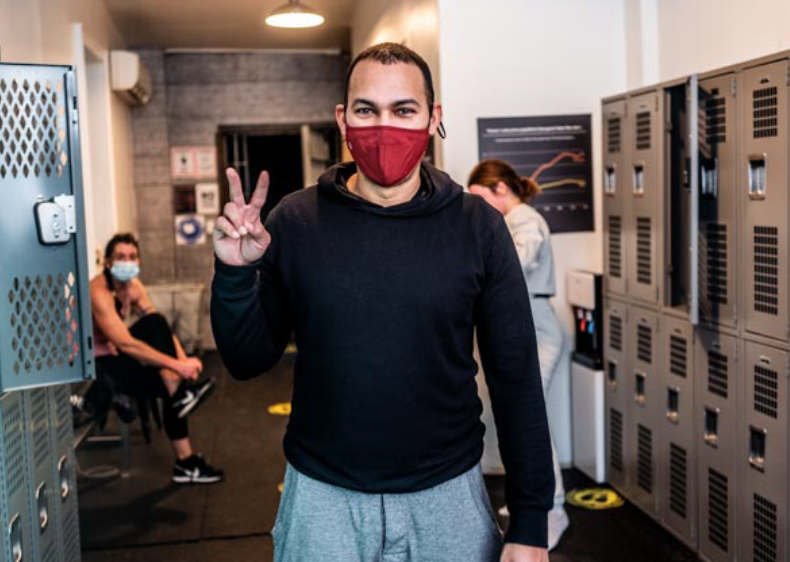
Marte’s focus is one of the multifaceted goals of harm reduction—a practice aimed at minimizing the negative health, social, and legal impacts associated with drug use. Examples include creating safe spaces for drug users, clean needle and syringe programs to reduce the spread of illness, sealing criminal records to make employment easier, and housing initiatives that aren’t contingent on sobriety.
Experts in harm reduction envision a future where cutting-edge strategies transform a system that also disproportionately targets Black Americans.
“Although African Americans make up only 12.5% of illicit drug users, 33% of drug incarcerations are Black. This leads to major roadblocks in treatments for substance abuse among the population, as there is a fear in self-reporting,” American Addiction Centers reports.
Here’s how advocates are working to change that.
The cost of criminalized marijuana
Fewer than half of U.S. states have legalized marijuana. To reduce disproportionate rates of incarceration, harm reduction advocates say the drug should be legalized across the country. Marte also believes communities that have been most affected by drug policies should have an opportunity to be legal distributors.
It’s extremely unfair for a wealthy white man to be today’s legal marijuana dealer and minorities be left out most of the time out of the business. — Coss Marte
With legalization also comes greater oversight and safety, points out Tracie Gardner, senior vice president of policy advocacy at the Legal Action Center, who also works with the Black Harm Reduction Network.
Gardner spoke recently at a virtual summit on harm reduction that brought together advocates and leaders seeking to change the current system. There’s a high cost to criminalizing someone for simple drug possession, Diane Goldstein, a retired police officer and executive director of the Law Enforcement Action Partnership, explained during the summit.
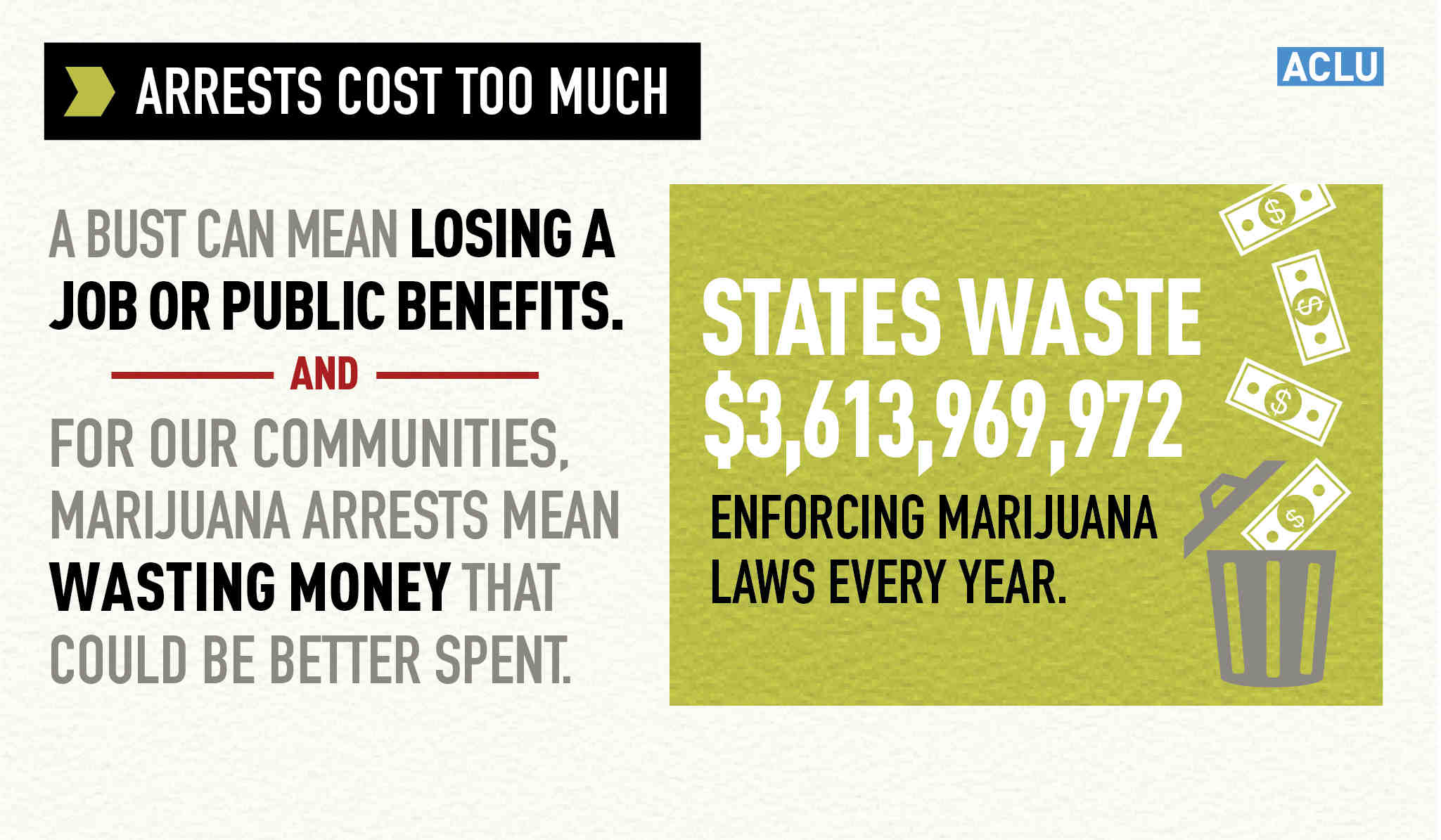
“In California, we spend over $100,000 per year sending an offender to state prison. That’s $100,000. That’s a University of Southern California education with books, housing and meals, and plenty of money left for a kid to spend,” she said. “So do we want to invest in systems upfront or on the tail end right now?” She is pushing for proactive, rather than reactive science-backed solutions that “save people’s lives and protect their rights.”
A bridge to services
Some of the science-backed solutions Gardner is talking about remain controversial. Gardner says the first legal syringe exchange program in New York reduced HIV transmission rates and became a bridge to treatment for some users.
“It engaged people in a way that said ‘we value your life. You can recover from addiction,’” Gardner said.
Still, many clean syringe opponents believe programs offering syringes promote drug use, furthering the problem.
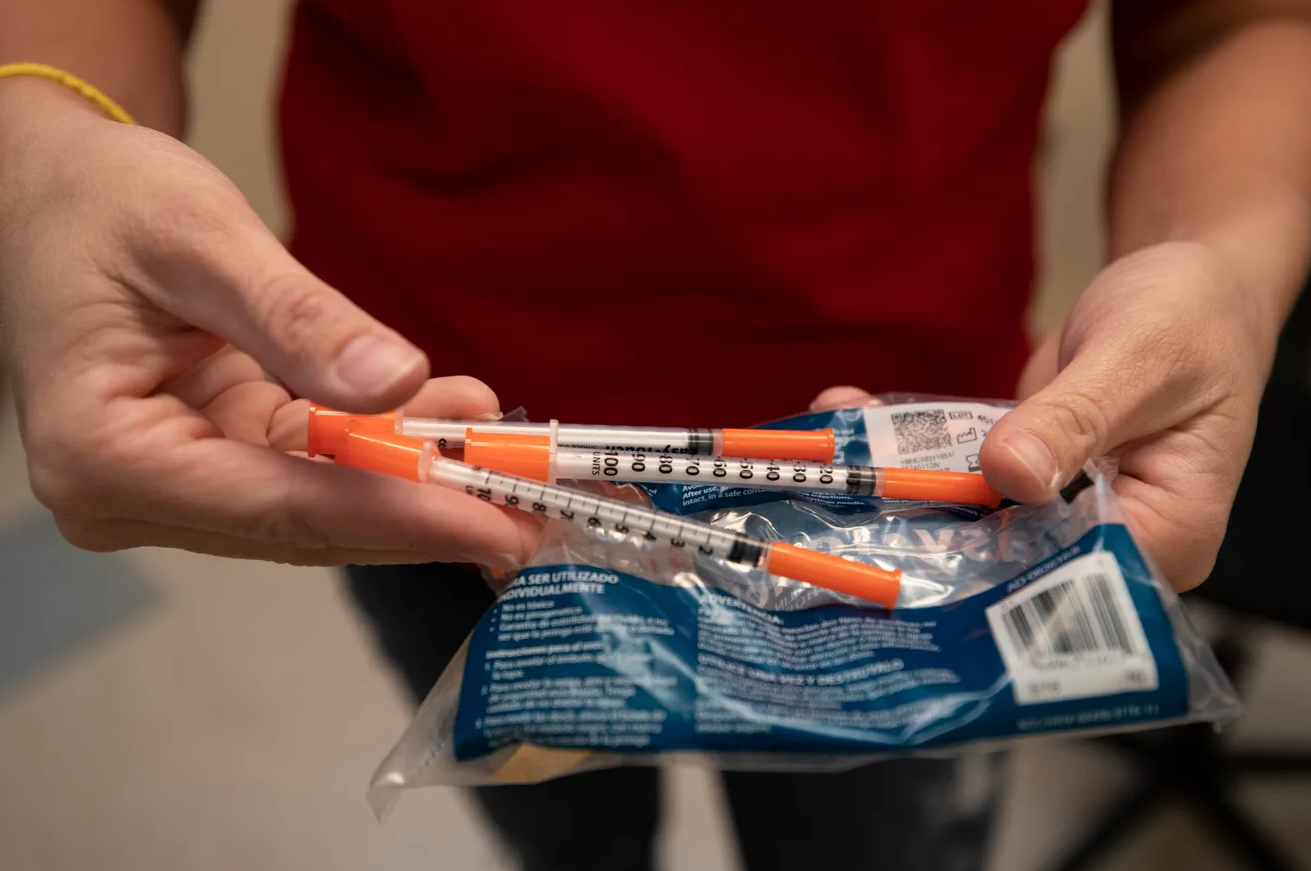
A report by the Association of American Medical Colleges on the first U.S. government-funded clean syringe programs—including controversial supervised drug-use sites in New York—showed that offering supports like overdose-reversing medication and street-based health care has a positive impact. Research has shown a decrease in diseases transmitted by sharing needles, more people seeking treatment, and no increases in crime in nearby areas.
Multiple speakers at the Harm Reduction Summit also pointed out the reduced healthcare costs that would come with fewer drug users contracting HIV from shared needles, as they are sometimes not insured.
Rethinking the role of life-saving drugs
Buprenorphine is a drug that doctors can prescribe to help treat opioid use disorder, and is typically recommended as part of a recovery treatment plan, alongside therapy and other resources. David Poses, who wrote about his lifelong struggles with drug addiction in a recent essay in The Philadelphia Inquirer, said that Buprenorphine saved his life. Poses points out that changes in France allowing all physicians to prescribe the medication resulted in a 79% drop in heroin overdose fatalities in four years.
Gardner says that on-demand treatment that includes the availability of this potentially life-saving drug is essential for true harm reduction. Yet, only around 1 in 3 rehab facilities offer the drug. This has to change.

In addition, Gardner says that everywhere there is a defibrillator there should also be overdose medication, as increased access would save lives. Only one Naloxone prescription is dispensed for every 70 high-dose opioid prescriptions nationwide, the Centers for Disease Control and Prevention reports: “The overdose-reversing drug naloxone saves lives – but only if it’s readily available when an overdose occurs.”
Gardner is also involved in advocating for drug users who aren’t getting the help they need in emergency room settings, a “discriminatory response.” She says they are protected by the Americans with Disabilities Act in health care settings.
“If that’s the case, why are people who go to emergency rooms in withdrawal treated so poorly when they are displaying the symptoms of their health issue in a health[care] setting?” The LAC’s report calls out these legal violations.
Supporting re-entry back into society
The most dangerous time for a formerly incarcerated person to overdose is just after reentering society, because as Gardner explains, their tolerance could have decreased during a short jail stay, but they may think they can still handle a higher quantity of drugs. The National Institute on Drug Abuse reports that 65% of the U.S. prison population has an active substance abuse disorder, making the Medicaid Reentry Program, which covers some services for 30 days leading up to release, all the more important.
[The time when formerly incarcerated folks are returning to society] is such a vulnerable period as they transition. — Tracie Gardner
Some reports show that recently released drug users are 129 times more likely than the general population to die in the first two weeks after reentry. Complete access to healthcare benefits without restrictions and red tape is essential to harm reduction, but it’s far from the only necessary measure.
Gardner supports the Clean Slate Act, which would automatically seal certain felony records after seven years, and eligible misdemeanor records after three years, helping New Yorkers access jobs and housing. This could potentially decrease drug use as formerly incarcerated people would have access to employment (and therefore the money to continue treatment if needed as well) instead of returning to drug use or selling drugs for money. In addition, Gardner pushes for job readiness, reentry programs, and access to tuition assistance programs.
Marte’s business structure is built on reentry support as well. One of his initiatives is to give inmates a purpose and mission by beginning a certification program before they are even released from prison. In addition to the certification program, CONBODY partners with other reentry organizations to provide housing, health, wellness, and mental health support to participants. Individuals also have access to economic assistance in the form of financial stipends.
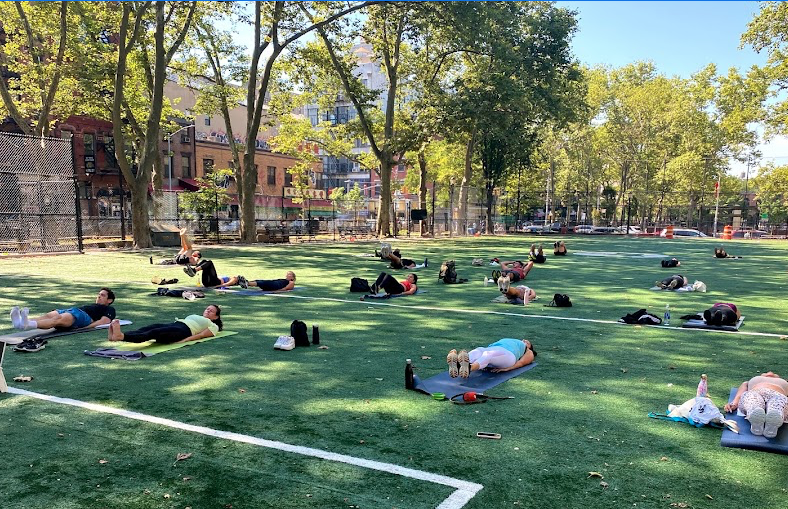
“Everyone deserves a second chance and at CONBODY we do just that,” Marte says.
Finally, harm reduction aims to target the stigma around people who use drugs, validating their humanity and basic rights, in spite of addiction. If people want to get involved, Gardner recommends they explore the National Harm Reduction Coalition site, which has a four-fold goal: to build the harm reduction movement, infuse harm reduction with racial justice, end the overdose epidemic, and expand syringe access to all 50 states.
